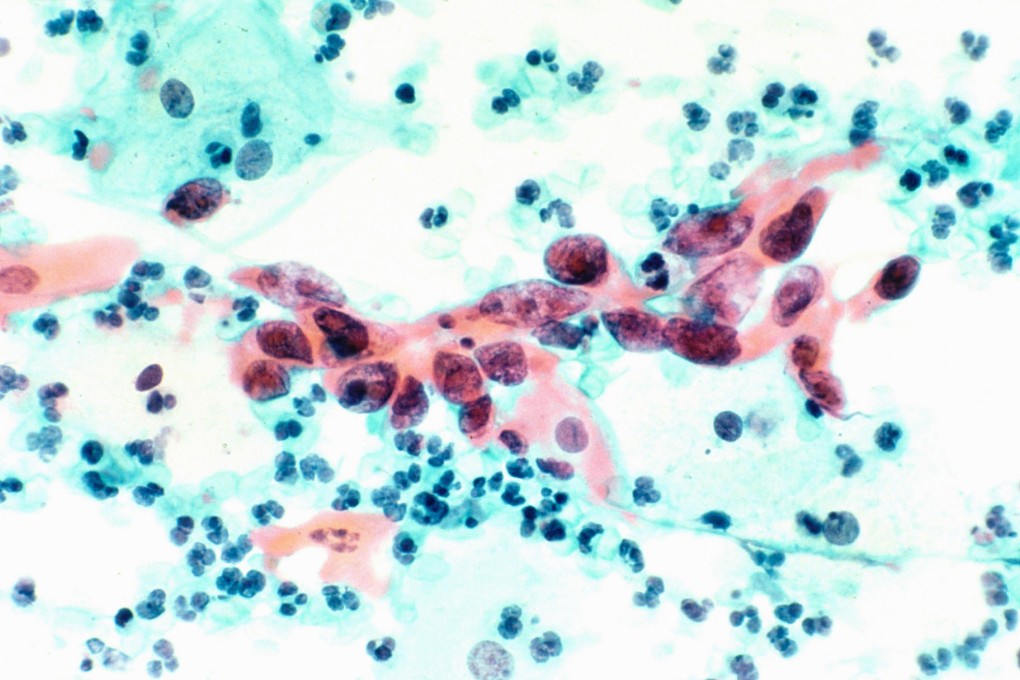Colon cancer linked to viruses in beef, Nobel-winning scientist contends
Harald zur Hausen, who first linked HPV with cervical cancer, is now trying to prove a link between a cow virus and colon cancer

Could that juicy burger you're about to sink your teeth into contain viruses that cause colon cancer? Harald zur Hausen suspects so. The Nobel laureate contends that the consumption of beef-borne viruses carried by certain species of cattle could be contributing to rising colorectal cancer rates in some countries.
For now, the idea may seem remote. But in 1976, so did zur Hausen's theory that the human papillomavirus (HPV) was one of the key causes of cervical cancer.
It wasn't until 1983 that his research team was able to isolate HPV 16 and HPV 18 as the virus types responsible for cervical cancer. This eventually led to the development of a preventative cervical cancer vaccine that became widely available in 2006. For his discovery, zur Hausen was jointly awarded the 2008 Nobel Prize in physiology or medicine.
The 78-year-old German virologist and professor emeritus at the German Cancer Research Centre put forth his hypothesis about the cow virus at his Nobel lecture in December 2008 at Karolinska Institutet in Stockholm. In 2012, his paper that explained the reasons to suspect the cattle virus-colon cancer link was published in the International Journal of Cancer.
Since then zur Hausen has been relentless in the lab, using genetic sequencing to search for new viral sequences in blood from the Bos taurus species of cattle from Europe. His team has narrowed in on 18 different genetic sequences that might be evidence of a viral culprit, but at this stage it seems findings are only speculative.